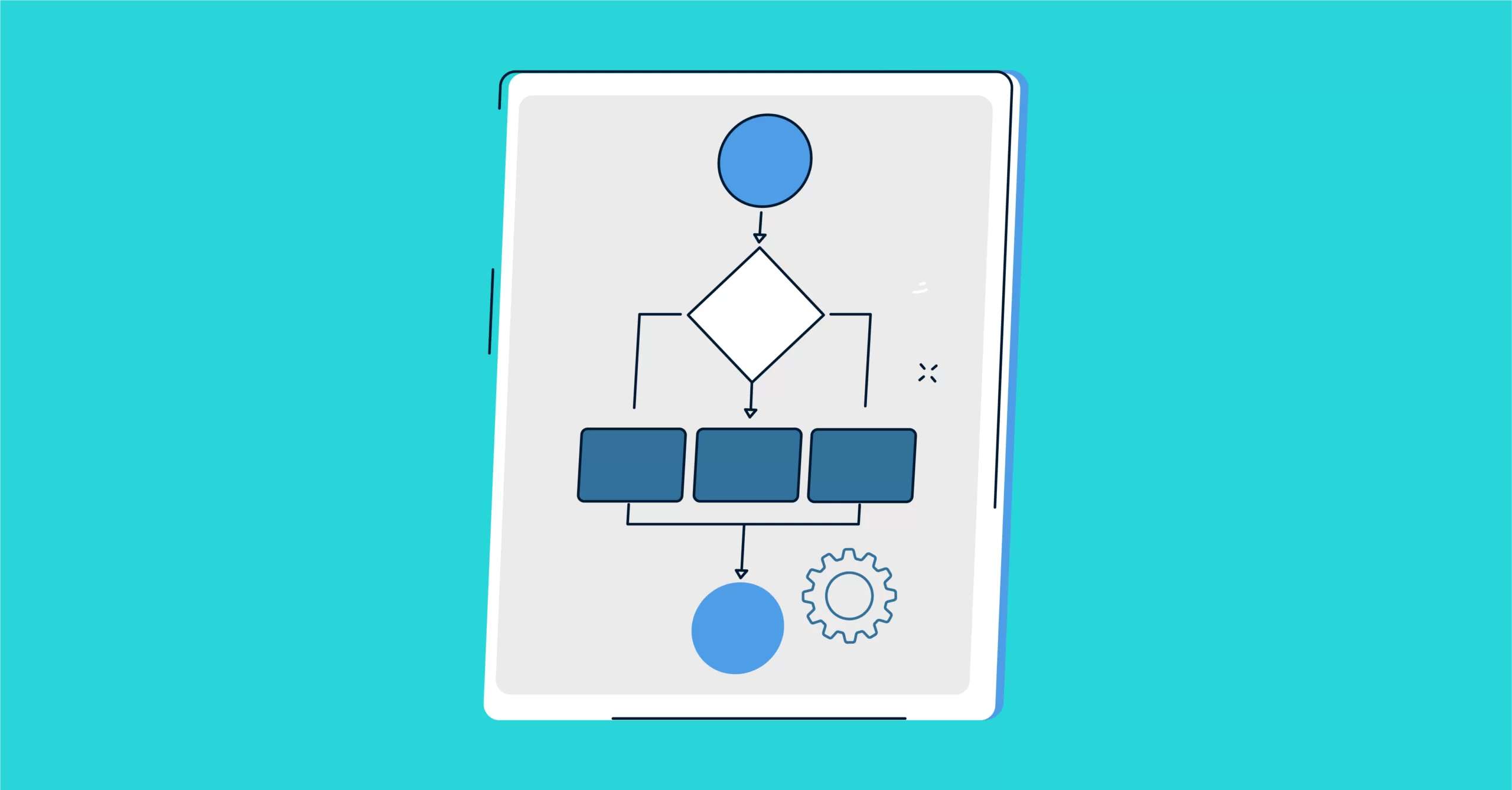
What is Business Process Management (BPM) ?
In the business world, it is not just ideas that determine strategic success, but how efficiently and repeatably those ideas are implemented. Every growing business realizes at some point that its processes have become unmanageable: approvals are delayed, workflows are blocked, teams are disconnected from each other. The solution to this operational chaos is the BPM (Business Process Management) approach.
Business Process Management is the process of analyzing, redesigning, implementing, monitoring, and continuously improving business processes from a holistic perspective. The goal is not merely to document processes but to make them more efficient, aligned, and flexible, thereby enhancing organizational agility and reducing costs. For example, manual approval mechanisms can be automated through BPM, thereby saving time and minimizing human errors.
In this article, we will provide simple yet effective answers to the questions of why Business Process Management is important and how it is implemented. If you want to learn more about the basic building blocks of BPM and when it is needed, we recommend that you take a look at our guide titled What is BPM?
BPM Lifecycle:

Why is Business Process Management Important?
With Business Process Management, businesses reduce processing times, lower error rates, and optimize resource utilization by automating repetitive manual tasks. Thanks to the transparent modeling of processes, bottlenecks are identified early on and performance indicators can be monitored. For example, through business process automation (BPA) within BPM applications, areas requiring manual intervention are automated, thereby shortening processing times and reducing error rates. This structure not only improves operational efficiency but also enhances strategic areas such as cost control, legal compliance, error management, and customer satisfaction.
Additionally, Business Process Management is based on the principle of continuous improvement. This enables businesses to adapt quickly to changing market conditions and make their processes more flexible and agile. In short, BPM does not merely organize processes; it enables the entire organization to achieve a more efficient, harmonious, and sustainable structure.
How to Implement the Business Process Management Step by Step? A 4-Step Sample Guide
1. Identify and Analyze Processes!
In the first step, map out your current workflows. By creating process maps (e.g., using BPMN – Business Process Modeling & Notation), clarify the responsibilities for each step, the input and output points, and the processing times. This analysis helps you identify bottlenecks, unneccesary steps, and stages with improvement potential.
2. Improve and Model!
Based on the analysis results, simplify the process model by removing unnecessary or repetitive steps and evaluating alternative flows (e.g., “positive”/“negative” scenarios). Start with a paper or draft model first; this way, you can achieve designs that are free from complexity and can be optimized.
3. Implement, Automate, and Pilot!
Implement the improved model through your chosen Business Process Management platform. Automate repetitive tasks that require manual intervention with AI integration. BPA reduces human error, increases processing speed, and ensures consistent process execution. Processes are completed faster thanks to AI, especially in steps such as approval mechanisms, data entry, notifications, and reporting. Test it first with a small-scale pilot project—for example, purchase approval or document control—to ensure it works smoothly.
This approach is based on the MVP (Minimum Viable Product) concept, which is frequently used in BPM applications. Verifying functionality by testing within a limited scope without overcomplicating the process offers advantages in terms of both time and resources.
If you would like to learn more about what the MVP concept means and why it plays a critical role in digital projects, we recommend reading our blog post titled “What is the MVP (Minimum Viable Product) Approach?”
4. Monitor, Measure, and Continuously Improve! (h3)
Track post-implementation process performance using KPIs (e.g., processing time, error rate, customer satisfaction). Optimize the process based on the data obtained; if necessary, perform re-modeling and integrations. Update the flow according to changing needs. The BPM process should not be a one-time event, but rather a cyclical and continuously improving structure.
How Can You Quickly Digitize Your Business Process Management with Low-Code?
In the age of digital transformation, quickly and flexibly converting your business processes into software is the key to gaining a competitive advantage.
The Cheetah Low-Code Development Platform minimizes technical knowledge requirements, enabling business units to easily digitize their own processes. With its drag-and-drop interface, pre-built components, and powerful integration capabilities, Cheetah enables you to quickly implement your Business Process Management. This results in benefits such as process automation, reduced error rates, and increased operational efficiency in a short time.
If you want to optimize factors such as time, cost, and flexibility when implementing BPM applications, a low-code development architecture can significantly accelerate this process. To learn how this approach is integrated into business processes, check out our article What is Low-Code Development? The Advantages It Offers Companies.




